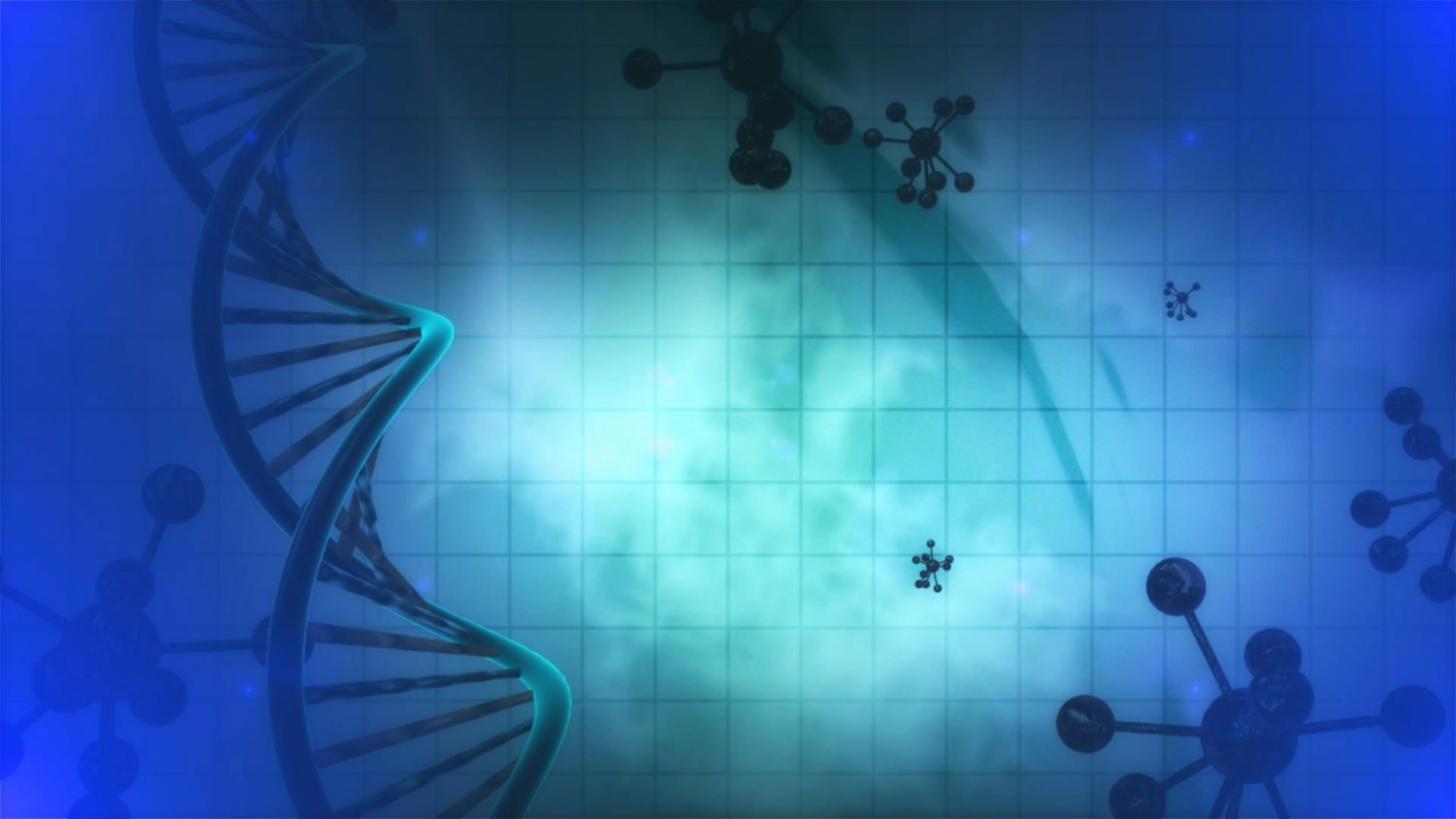Assembly theory proposed in the article titled “Assembly Theory Explains and Quantifies Selection and Evolution,” was published in the Journal Nature, unifying Physics and Biology. This theory provides a theoretical framework to discuss the emergence of evolution and complexity as seen in nature today by providing a new viewpoint that addresses life through both theoretical physics as well as the theories of evolution and natural selection.
Typically, biology approaches life and evolution in terms of the Darwinian idea of ‘natural selection’ where evolution of complex life from simpler ones as well as development of certain traits to forward the chain of evolution is established and acknowledged. Physics however approaches things differently, breaking down complex systems into simpler ones, approaching structures from their bare bones of fundamentals in a reductionist approach, which ends up crediting phenomena such as natural selection for instance to statistical chance.
Assembly Theory and Unification
The theory aims at giving the mathematical framework necessary to describe complexity of life and quantify it with the quantity that they are referring to as ‘assembly’. Using this, they have attempted to demonstrate natural selection in systems to be able to unify inert physical matter and living organic matter.
The theory not just looks at the universe in the traditional physical sense – as immutable particles, but also talks about the memory needed to build these particles into structures and objects over time through selection, as explained by Professor Lee Cronin, Co-lead author. This approach could explain the reason for the formation of complex structures from simpler ones and the need for such phenomena in general.
The research team has demonstrated that this theory can explain the discovery of new objects as well as explain existing ones. Characterization of all existing life in terms of the framework of this theory would be open ended, leaving room for any future discoveries throughout the ranges of complexities we observe in life.
Lead author Professor Sara Walker explained that the theory provides a completely new lens for looking at physics, chemistry and biology all as different perspectives ultimately giving us a perspective at the same underlying reality. Professor Cronin also said “A key feature of the theory is that it is experimentally testable. This opens up the exciting possibility of using Assembly Theory to design new experiments that could solve the origin of life by creating living systems from scratch in the laboratory.”
Image Credit: © The Author(s) 2023, Nature
Previous work of the team
In their previous research work, the team assigned a ‘molecular assembly index’ to molecules, based on the minimum number of bond formation steps needed for them to form. Then they used this index to show that high values correlate with life-derived molecules. This theory is a new approach enabling us to detect life, with potential applications in search for alien life and also possibilities in evolving new life forms in the laboratory.
Future Work in Assembly Theory
With further work, the assembly approach could transform scientific theory in general, impacting even fields such as cosmology. This theory represents a new victory in the interdisciplinary junction between physics, chemistry, biology and information theory. Assembly Theory can enable us to unify descriptions of ‘selection’ across physics and biology. The theory carries potential to build a new approach to science where the idea of selection, why smaller entities combine into larger ones – will play an important role in our descriptions of matter.
The research team aims to refine assembly theory even more. They aim to characterize known life according to the framework of the theory and explore possibilities of predicting unknown life, and testing hypotheses such as abiogenesis – the theory of emergence of early life from non-living matter.
